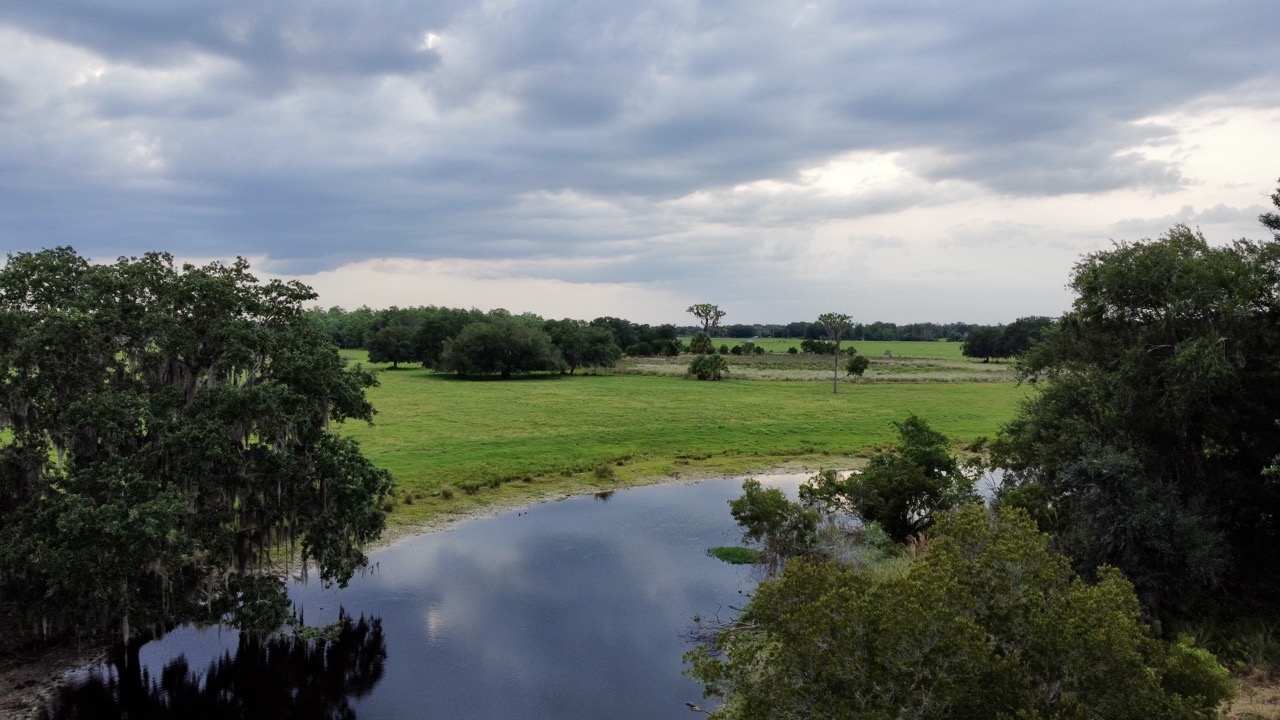
Landowners with property in one of North Florida’s most prominent conservation areas are being encouraged to seek federal financial assistance mainly for agricultural interests.
The North Florida Land Trust (NFLT), in partnership with the U.S. Department of Agriculture’s Natural Resources Conservation Service, wants landowners to apply for federal assistance. The two groups are targeting landowners in the Ocala to Osceola Wildlife Corridor (O2O) and the Corridor to Coast (C2C) areas to apply for Regional Conservation Partnership Program Land Management funding.
An NFLT news release said there’s about $1.7 million in funding available through those programs for O2O and C2C property owners.
“Land management is not always easy, and this program will provide landowners with a little help to do things they may already be doing to ensure the land remains a natural resource and thriving habitat for plants and wildlife,” said Allison DeFoor, President and CEO of the NFLT. “We will be holding workshops to help explain the process and to help landowners apply. We encourage landowners within the O2O and C2C to join us.”
The first workshop is set for July 16 at 10 a.m. and 3 p.m. at the Clay County University of Florida Extension Office on State Road 16 in Green Cove Springs. The second one will be in Flagler County on July 17 from 10 a.m. to 3 p.m. on Sawgrass Road at the UF Extension. Those wanting to attend should call the NFLT at (904) 557-7985 or email [email protected].
The NFLT is leading both the O2O and C2C partnerships, which provide tracts of land protection in those North Florida areas. They serve as natural buffers and provide habitats for many wildlife species. The natural land helps protect against flooding and decreases the potential for soil erosion and pollution from fertilizers, insecticides, oil, grease and other human-made and natural pollutants that can enter water sources.
The NFLT is a nonprofit conservation group that has acquired tens of thousands of acres of property in North Florida and turned it into protected conservation land since it was founded in 1999.


